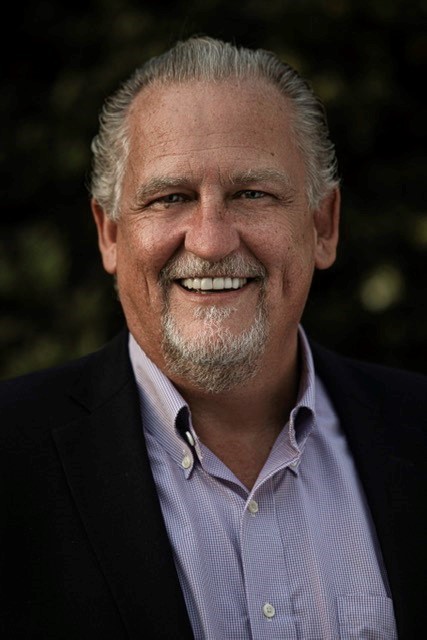Hardly a day goes by where we are not bombarded with industry news about vessel schedule reliability – or rather lack thereof. It certainly is a big issue and there is little doubt that it will be a long time until we experience anything resembling a year or two ago. Ocean carriers try to balance optimising use of capacity with optimising sailing on time and in the current environment this has proven to be more difficult than ever – and optimising use of capacity would seem to trump schedule reliability to an even higher degree than we have seen in the past.
But for the importer or exporter schedule reliability is not the only reliability factor that is concerning. Another, some may argue even more concerning factor, is the fact that agreements made are not worth the paper they are written on.
It is more to do with this that importers and exporters are forced to rethink their supply chain strategies. They, more than ever, must optimise for predictability. A few days late arrival of a vessel is a challenge, for sure, but an even bigger challenge is whether you can even get an agreement that your cargo will be loaded on a vessel, and then whether your cargo actually does get loaded as agreed.
Two-way commitments (lack thereof) have always been a problem in our industry, but today that problem has ramifications causing huge inefficiencies, enormous amounts of money and waste as for example large inventories are being built when possible or goods are produced and not shipped.
Two-way commitments you can trust are an absolute must and now is the time to fix that problem. Contrary to what many think, it is absolutely possible to fix this problem and all parties will benefit.
Next is the total available capacity versus demand. And let’s be really clear: the problem is not that demand has skyrocketed. The problem is that capacity has shrunk. Not because vessels have been laid up and not because of sinister slow steaming ocean carrier strategies or the like. The main reason is lack of reliability caused by congestion and other factors. If a vessel takes longer to get from A to B, the result is less capacity.
Yes, more vessels are being built and purchased but it will take a long time before they are delivered and will make a difference. The other avenue to increased capacity/supply is by improving efficiencies in all parts of the supply chain, including ports, scheduling of vessels by the ocean carriers (avoiding them being too “tight”) and ultimately also reliability with respect to cargo showing up as agreed. Back to the need for two-way commitments you can rely on!
And hopefully, no more vessels stuck in canals!
Working together in the industry, by all parties, and creating an environment where agreements mean something has got to be the way forward. We will all benefit!
Author of the article: Jeremy Haycock, European Managing Director of NYSHEX

Jeremy has worked in the Shipping and Logistics industry since 1984. The majority of his career was with Maersk and Damco serving in executive management positions in a variety of global locations including: Denmark, Italy, Japan, the UK, Singapore, South Korea, Sri Lanka, Sweden, and the United States. Most recently Jeremy was the Managing Director for Maersk in the UK and Ireland.
Jeremy is now the European Managing Director of NYSHEX, a digital container shipping platform championing Two Way Contract Commitments and Adherence.







